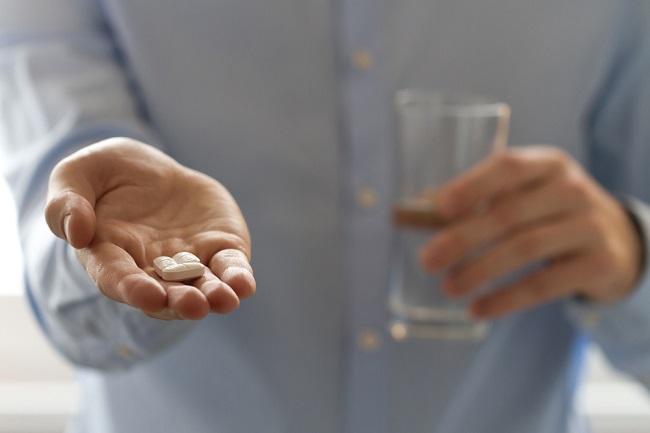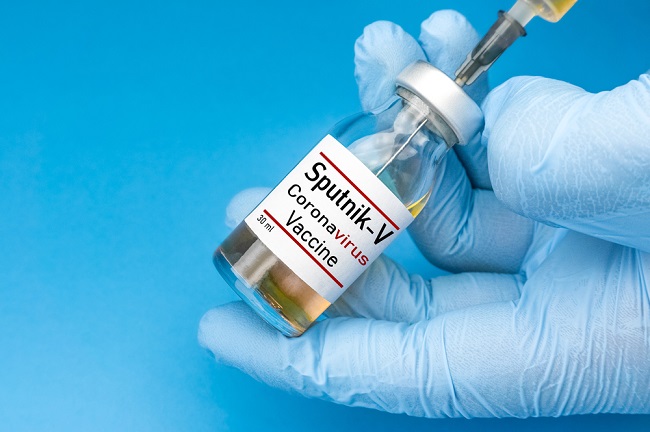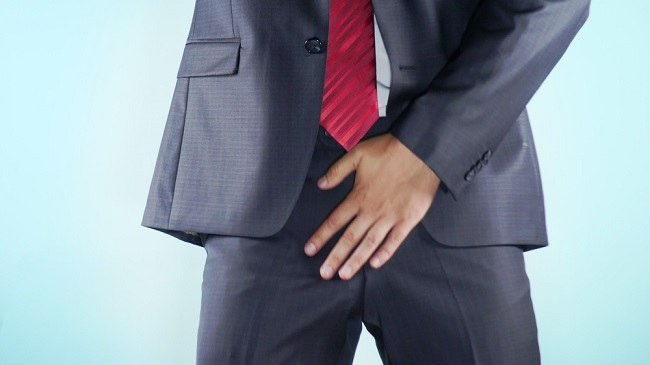Gastroscopy oresophagogastroduodenoscopy (ESD) is procedure to check the condition of the esophagus, stomach, and the first part of the duodenum (duodenum). Gastroscopy performed using an endoscope, i.e special tools in the form of thin hosewith lights and camera at the end.
Gastroscopy is useful to determine the cause of the symptoms of digestive disorders that appear. In addition, gastroscopy can also be used as a supporting procedure to treat certain conditions, such as bleeding in stomach ulcers and stomach inflammation, as well as removing polyps or small tumors.

IndicationGastroscopy
Doctors use gastroscopy to detect disorders or diseases of the upper digestive system, including the esophagus, stomach, and duodenum.
Some of the goals of doing gastroscopy are:
- Knowing the cause of symptoms of digestive system disorders, such as nausea, vomiting, abdominal pain, difficulty swallowing or pain when swallowing, heartburn, vomiting blood, and bloody stools that do not improve
- Taking tissue samples (biopsy) in the digestive organs to diagnose some diseases or conditions, such as anemia, bleeding, inflammation, and cancer in the digestive system
- Treating disorders of the digestive system, such as widening the narrowing of the esophagus, cutting polyps, removing small tumors or cancers, stopping bleeding, and removing foreign bodies
With gastroscopy, doctors can also see the condition of the inside of the esophagus, stomach, and duodenum directly to determine the diagnosis of several diseases. A number of diseases that can be detected using gastroscopy are:
- stomach ulcer
- Gastritis or inflammation of the stomach
- Duodenal ulcers, which are sores on the wall of the duodenum
- Stomach acid disease or gastroesophageal reflux disease (GERD)
- Disease Barrett's esophagus, i.e. abnormalities in the cells in the lining of the esophagus
- Celiac disease, which is a digestive disorder caused by eating gluten
- Portal hypertension, which is high blood pressure in the liver that causes swelling of the veins (varicose veins) in the stomach and esophagus
- stomach cancer
WarningGastroscopy
Patients who suffer from heart rhythm disorders, diabetes, or who have recently experienced chest pain due to coronary heart disease, require special attention to undergo gastroscopy. Therefore, tell your doctor if you have the above conditions.
Please note, gastroscopy involves the use of anesthetics and sedatives. Tell your doctor if you are allergic to either drug.
During the procedure, the patient will be in a semi-conscious state. The doctor will also need the patient's cooperation throughout the procedure, especially at the beginning of the procedure. Talk to your doctor if you still have doubts about this procedure.
The effect of the anesthetic can last up to 24 hours after the procedure, even if the patient no longer feels sleepy. Therefore, patients are advised to bring someone who can pick up, drop off, and accompany the patient up to 24 hours after the procedure.
Before Gastroscopy
There are several things to know if you are planning to undergo a gastroscopy, namely:
- Tell your doctor what medications you are taking, especially arthritis medications, anticoagulants, nonsteroidal anti-inflammatory drugs (NSAIDs), high blood pressure medications, diabetes medications, and medications that contain aspirin.
- Do fast for 4-8 hours before the gastroscopy, so that the stomach is empty when the gastroscopy is performed. However, the patient may drink a small amount of water 2-3 hours before the examination.
Procedure Gastroscopy
If the patient wears contact lenses, glasses, or dentures, the patient will be asked to remove these objects before the gastroscopy begins. After that, the patient will be asked to lie down on the examination table in a supine or side position.
The following are the stages of the gastroscopy procedure:
- The doctor will attach electrodes to the patient's body to monitor the patient's blood pressure, respiratory rate, and heart rate, so that the patient's condition is always monitored during the gastroscopy procedure.
- The doctor will give a local anesthetic spray into the patient's mouth to numb the throat. The doctor will also give you a sedative through an IV.
- The doctor will place a mouth guard to keep the patient's mouth open during the gastroscopy.
- The doctor will insert the endoscope into the patient's mouth and ask the patient to swallow it so that the endoscope is pushed into the esophagus.
- The doctor will check the condition of the upper digestive tract by viewing video on the monitor sent by the camera on the end of the endoscope. If there are abnormalities, the doctor will record them for further examination.
- As the endoscope moves along the upper digestive tract, the doctor may pump air several times through the endoscope, so that conditions in the esophagus, stomach, and duodenum can be seen more clearly.
During the procedure, especially when the endoscope is still down the esophagus, the patient may feel some discomfort, but there will be no pain. In addition, patients will also feel bloated due to air being pumped into the digestive tract.
Depending on the patient's condition and the purpose of the gastroscopy, the doctor's next steps may include:
- Taking a tissue sample (biopsy)
- Tying blood vessels or injecting chemicals to stop bleeding
- Insert balloon or stent into the esophagus to widen the narrowed esophagus (gullet)
- Removing polyps
After the gastroscopy is complete, the doctor will gently remove the endoscope from the patient's mouth. Usually, the entire gastroscopy process takes 15–30 minutes, depending on the patient's condition.
After Gastroscopy
After the gastroscopy is completed, the patient is required to rest for 1-2 hours until the effects of the anesthetic and sedative are reduced. After that, the patient may go home accompanied by family or relatives.
It is important to remember, during the first 24 hours after gastroscopy, patients are prohibited from consuming alcoholic beverages, driving, operating heavy equipment, and doing activities that require alertness.
In addition, patients may experience bloating, stomach cramps, or sore throat after undergoing a gastroscopy. Over time, the condition will improve on its own. However, if the complaints do not improve, consult a doctor.
Patients can immediately know the results of the gastroscopy examination on the same day, unless the gastroscopy is accompanied by a biopsy. The results of the biopsy are usually only known a few days later.
Gastroscopy Complications
Gastroscopy is a safe procedure, but in certain cases, tears can occur in the esophagus, stomach, or small intestine. Bleeding and infection of the digestive organs may also occur as a result of tissue sampling.
Another possible complication is an allergic reaction to sedative drugs, which is characterized by shortness of breath, decreased blood pressure, excessive cold sweat, and slowed heart rate.
Gastroscopic complications need to be monitored for up to 2 days after the procedure. Immediately consult a doctor if symptoms appear, such as:
- Fever
- Throw up
- Chest pain
- Severe stomach pain
- Vomiting blood
- Hard to breathe
- Liquid or black stools









